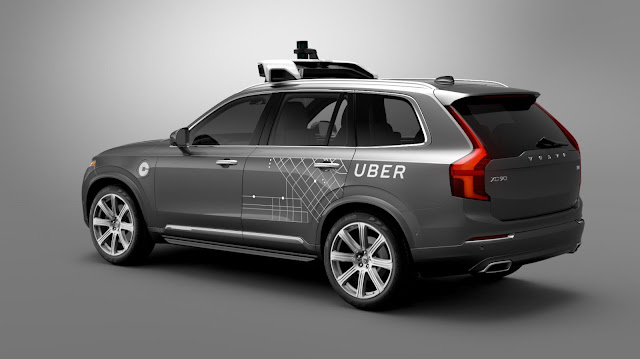Some Uber Customers Are Now Getting Picked Up By Self-Driving Cars
If you’re an avid Uber user in Pittsburgh, your next ride may not be driven by a human. Uber has started a select rollout of this pilot project: 14 Ford Fusions equipped with autonomous technology will pick you up and drop you off—on their own.
Now, you’re not alone for this experience. In fact, both front seats may be taken up by Uber engineers who are studying how the radar- and camera-equipped machines go about their business. But they won’t be operating the cars unless they have to.
It’s probably a nerve-wracking experience for most—TechCrunch’s Signe Brewster pointed out that “you don’t notice how many unexpected incidents occur during a routine drive until you ask a robot to take the wheel”—but in the end, “it felt a lot like riding in a car with a human driver.”
So far, so good. But even if things do go well for Uber, even if self-driving cars arrive faster than anyone expected, that might not be enough. Some people, inducing Zynga co-founder Justin Waldron, think that once Uber is no longer a two-sided marketplace it will lose its key advantage—the virtuous cycle that comes from having the most drivers and the most riders.
“There will no longer be a constrained supply of drivers, so the network effects evaporate. This will give car manufacturing companies the advantage to enter and win the market. The company that can create cars for the cheapest will have the lowest prices. Having a low arrival time will simply be a matter of manufacturing enough cars to put on the road in a given area,” Waldron wrote in a Medium post.
Just what the future of self-driving cars will look like is still an open question—and it might depend on whether it’s Google, Uber or a car maker who gets there first and what their go-to-market strategy looks like.
Can Uber compete for self driving cars















No comments
Your comment here